#Hue Vietnam
Explore tagged Tumblr posts
Text
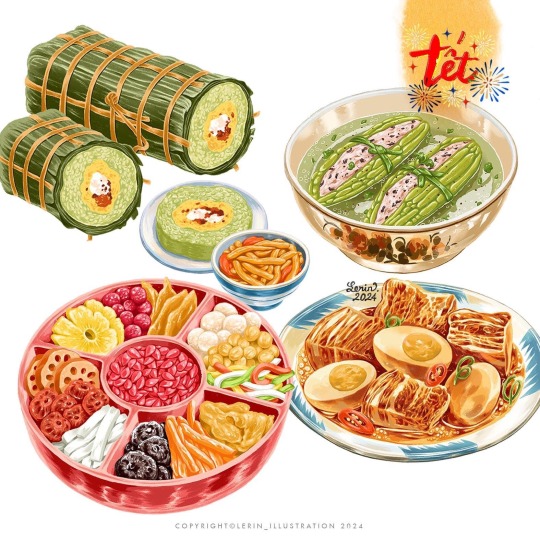
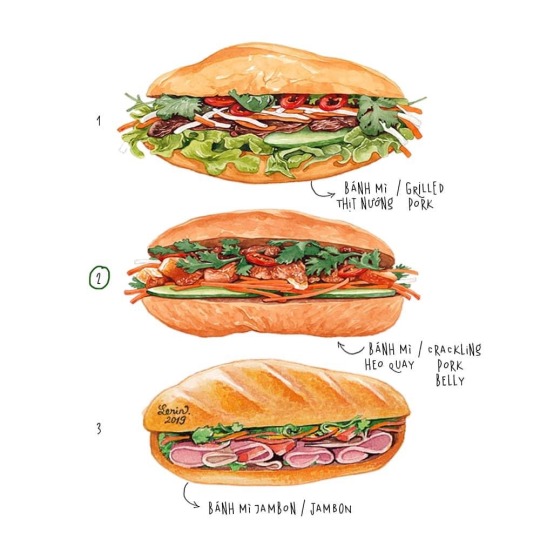
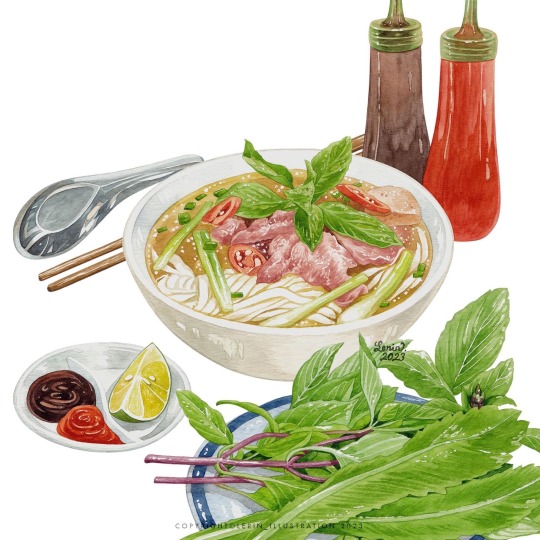
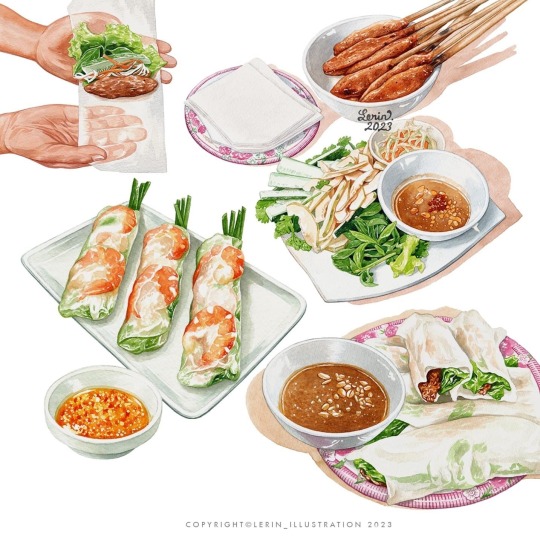
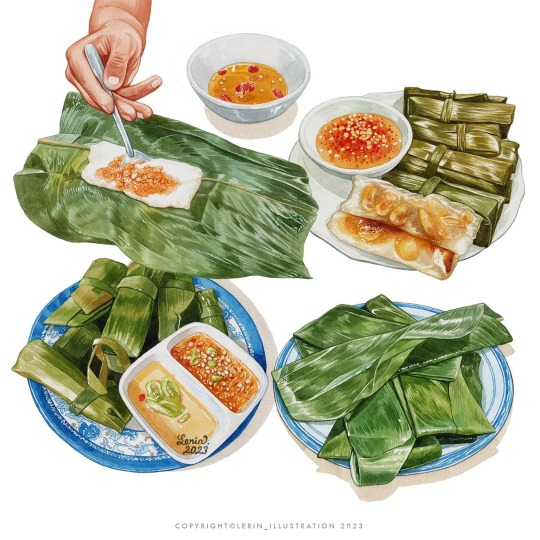
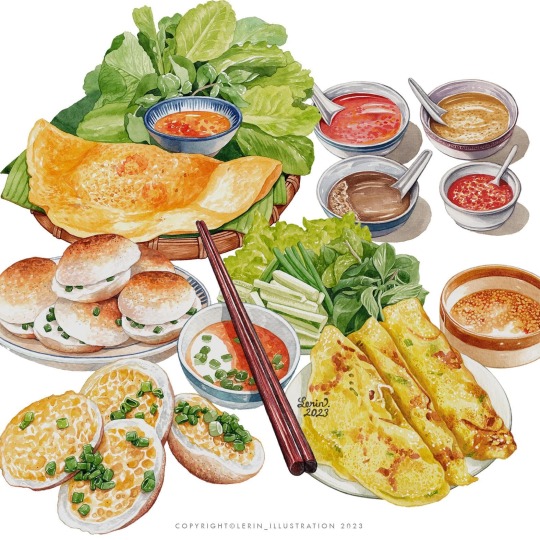
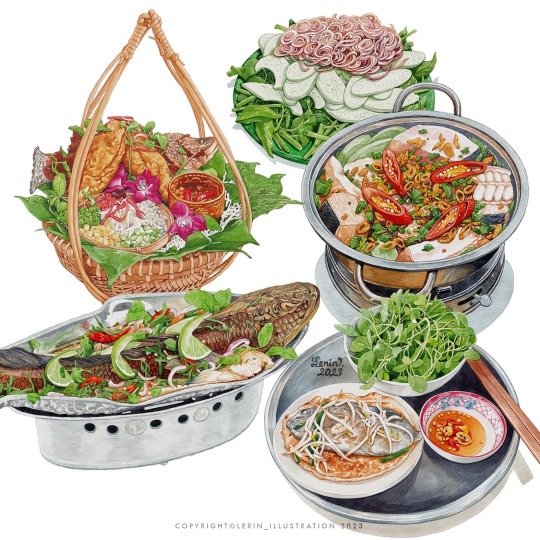
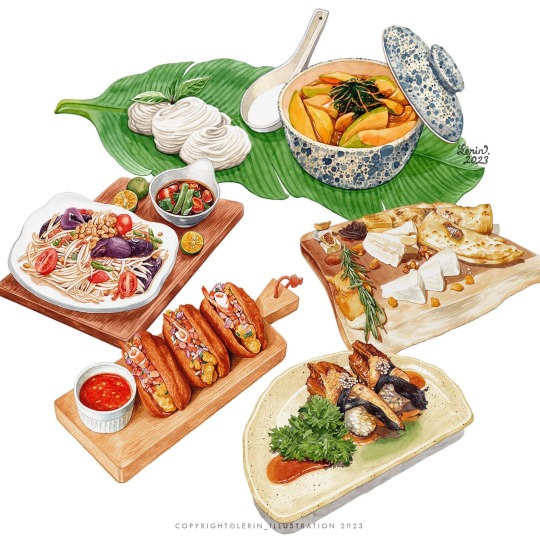
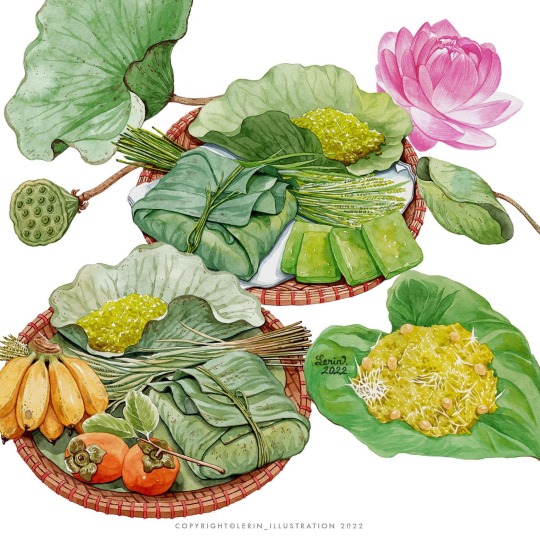
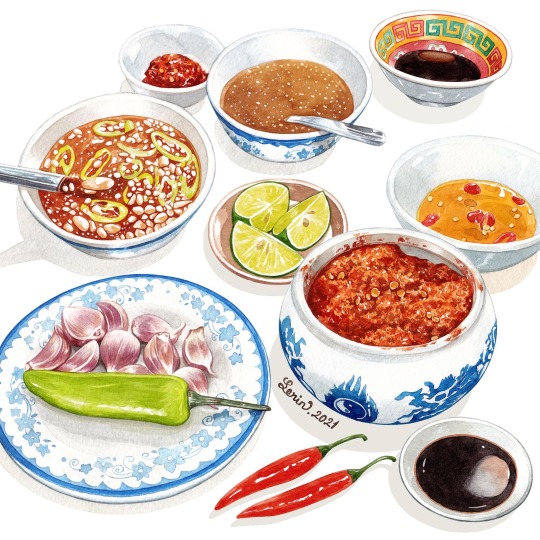
Illustrations of Vietnamese food. Credit to Le Rin.
#vietnam#vietnamese#culture#travel destinations#cuisine#vietnamese food#asian food#illustration#food illustration#digital art#artwork#art#banh mi#lunar new year#spring rolls#rice cakes#condiments#hot pot#hanoi#hue vietnam#saigon#digital painting#paintings#painting#drawing#digital sketch#watercolour sketch#sketch#healthy food#looks tasty
12K notes
·
View notes
Text
Day Six: Hue, the Former Imperial Capital
There are ways in which Hue is almost an antithesis of Hanoi. Hanoi is sprawling and bustling; Hue is small and tranquil. The sites of Hanoi are spread out over many miles; those in Hue are nearly all walkable from the center of the city.
Huy and I began this morning at the Imperial Citadel, a complex of gates, palaces for the emperor, palaces for the emperor’s mother, support structures, and all the other facilities needed to run a court in feudal times.
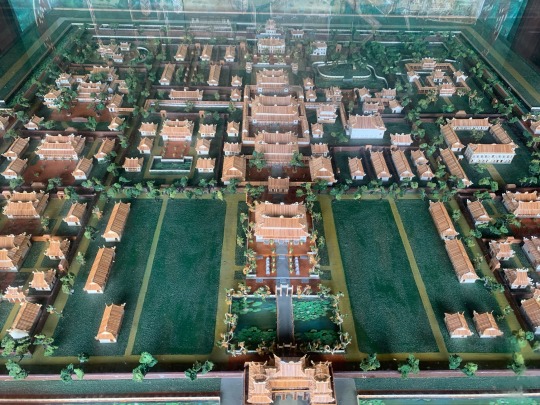
Heavily damaged by bombing during the Vietnam War, some of the structures had to be restored during the last few decades, although others remained largely intact. One of the intriguing features of the reconstruction was where the glass came from when the mosaics on the gates were restored. The green glass pieces are actually all bits of Heineken beer bottles, on some of which the opening (properly known as the bottle’s “finish”) is still plainly visible.

Our next stop was the An Hien garden house, built on the principles of Fung Shui. Huy was amused that I spent as much time examining the former owner’s library (classics of French literature, books on zen and meditation, and some of the same works on Vietnamese history that I read while preparing for this trip) as I did the rest of the grounds.

We then went to the Thien Mu pagoda, one of Hue’s oldest religious buildings. Constructed in 1601, the seven-storied tower pagoda stands on top of a hill with a fantastic view of the river beneath.
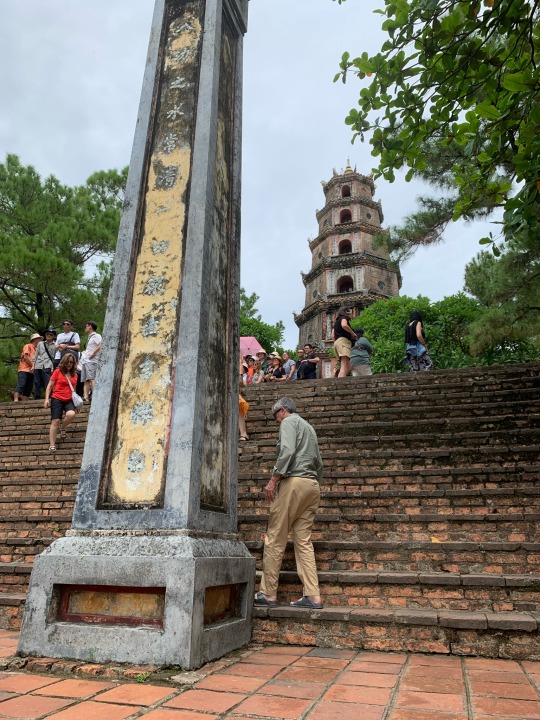
Probably the most famous monk from the Thien Mu pagoda was Thich Quang Duc. Protesting the South Vietnamese government’s oppression of Buddhists, he drove to Saigon on June 11, 1963, stopped at the Phan Dinh Phung Square-Le Van Duyet intersection, poured gasoline all over himself, and burned himself alive. Thich Quang Duc neither collapsed nor cried out in pain throughout the entire ordeal, and his heart was not consumed by the flames. The car in which he drove to Saigon is still on display at the pagoda, along with a tribute to him.
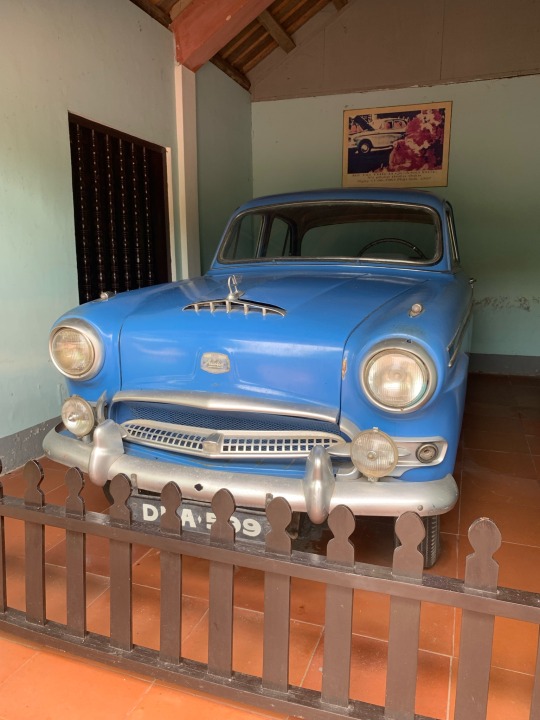
To reach our next destination, we traveled down the river by dragon boat. (For a one-minute video of that trip, see the accompanying photo album. Remember: You need to email me for access, if you want it.)
Our goal was a small workshop that makes incense sticks and cones. The aroma from the shops that produce incense in Hue is the reason why the local river became known as the Perfume River.

The incense made here is a combination of sawdust, glue, and scented oil that are kneaded into a substance with the consistency of clay. Cones are produced by molds. Sticks are rolled under a flat board. A proficient craftsman can produce an incense stick in well under a minute. When given a chance to imitate this work, I proved that I was neither an artist nor a craftsman (something that would become a theme for the rest of the day), and took woefully long to create an utterly inadequate incense stick.

Huy and I then continued then to the royal tomb of the Tu Duc, a king who had a hundred concubines but no offspring. (Mumps, it is said, had left him sterile.) He built his mausoleum while he was still alive and moved into the grounds from the citadel for the last decade of his life, indulging there in fifty-course meals of extravagant delicacies and spending time in solitude on an island across from one of his pavilions.
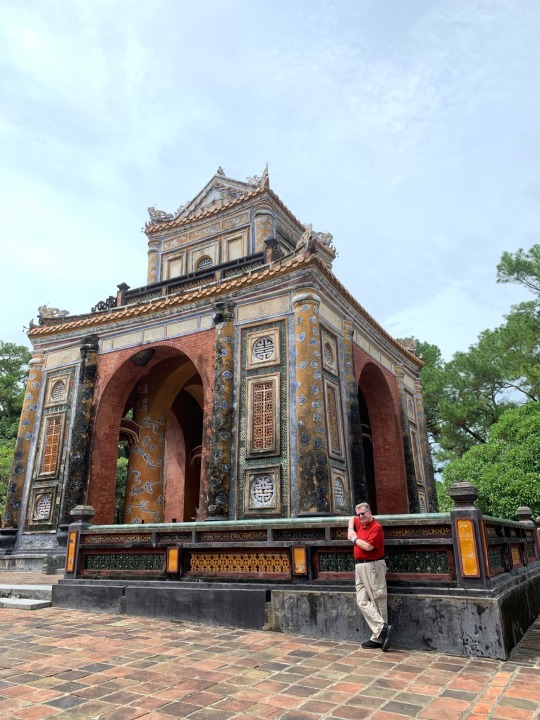
The day concluded in an artisan’s workshop where they are trying to recreate the lost art of Phap Lam, where enamel is baked onto copper sheets in a manner similar to cloisonné. Here is what Phap Lam looks like when a master creates the work:

And here’s what resulted when I tried it:
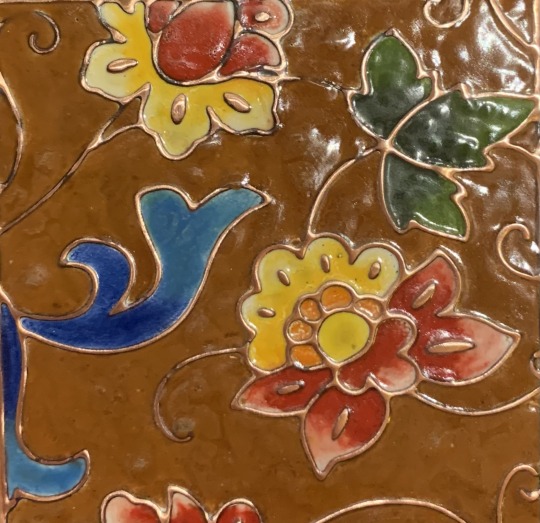
As I said before, today was further proof, if any was needed, that I’m neither an artist nor a craftsman.
6 notes
·
View notes
Text
16 Best Things to Do in Hue, Vietnam in 2024
Hue, a city in central Vietnam, is a place where history, culture, and natural beauty converge to offer an unforgettable travel experience. Known for its imperial history, Hue is a treasure trove of ancient temples, palaces, tombs, and majestic caves in Vietnam all set against a backdrop of stunning landscapes. Whether you're a history buff, a foodie, or an adventure seeker, there are plenty of things to do in Hue, Vietnam. Here’s a comprehensive guide to the best activities and attractions you shouldn't miss in 2024.
1. Explore the Imperial City
The Imperial City, a UNESCO World Heritage Site, is the crown jewel of Hue. This vast complex was the political, cultural, and religious center of the Nguyen Dynasty. Wander through the grand palaces, ceremonial gates, and beautifully landscaped gardens. Don't miss the Thai Hoa Palace, the Hall of Mandarins, and the Forbidden Purple City.
2. Visit the Tombs of the Emperors

Hue is famous for its royal tombs, each a unique architectural masterpiece. The Tomb of Tu Duc, set amidst tranquil gardens and lakes, is a must-visit. The Tomb of Khai Dinh, with its elaborate designs and fusion of Western and Eastern styles, is another highlight. Each tomb tells the story of the emperor it was built for, offering a glimpse into Vietnam's royal past.
3. Take a Cruise on the Perfume River
A cruise on the Perfume River is one of the most relaxing things to do in Hue, Vietnam. Enjoy panoramic views of the city and its surroundings as you glide along the river. Many cruises offer stops at significant sites, such as the Thien Mu Pagoda and various royal tombs.
4. Visit Thien Mu Pagoda

Perched on a hill overlooking the Perfume River, the Thien Mu Pagoda is Hue's most iconic temple. Its seven-story tower is a symbol of the city. The pagoda is not only a place of worship but also a spot with beautiful views and serene gardens.
5. Discover Dong Ba Market
For a taste of local life, head to Dong Ba Market. This bustling market is a great place to sample Vietnamese street food, buy local produce, and shop for souvenirs. Don’t miss trying Bun Bo Hue, a spicy beef noodle soup that originates from this region.
6. Enjoy Hue’s Culinary Delights

Hue is renowned for its cuisine, which includes royal dishes once served to the Nguyen emperors. Try Banh Khoai (crispy pancakes), Nem Lui (grilled pork skewers), and Com Hen (rice with baby clams). Many local restaurants offer cooking classes where you can learn to make these dishes yourself.
7. Hike in Bach Ma National Park
Just a short drive from Hue, Bach Ma National Park is a haven for nature lovers. The park boasts lush forests, stunning waterfalls, and a variety of wildlife. Hike to the summit for breathtaking views of the surrounding landscape, or explore the park’s many trails and waterfalls.
8. Relax at Lang Co Beach

Lang Co Beach, with its white sands and clear waters, is perfect for a day of relaxation. Located about an hour’s drive from Hue, this picturesque beach offers opportunities for swimming, sunbathing, and enjoying fresh seafood at local eateries.
0 notes
Text

A U.S. Marine proudly wears a small American flag in the band of his helmet as he stays alert for possible NVA or VC attacks in the city of Hue, Vietnam, on February 3, 1968.
(Photo by Bettmann Archive via Getty Images)
#usmc#us marines#infantry#grunts#vietnam war#vietnam#battle of hue city#hue city#tet offensive#military#history
415 notes
·
View notes
Text

US Marines with a puppy they found in the ruins of Hue during fighting for the city. Feb 1968
38 notes
·
View notes
Text








Chụp Huế trong một ngày thật vội vàng với nhiều xúc cảm ngổn ngang.
Tôi hay bảo bạn rằng, nếu không phải Dalat, thì Huế chính là một nơi chốn khác mà tôi luôn muốn dành cả quãng đời còn lại của mình ở đó...
47 notes
·
View notes
Text

Koi in the gardens of the Purple Forbidden City.
Hue, Vietnam.
72 notes
·
View notes
Text

Smoke break but on alert. US Marine holding an enemy AK47, Hue City 1968. [1800 ×1162]
21 notes
·
View notes
Text
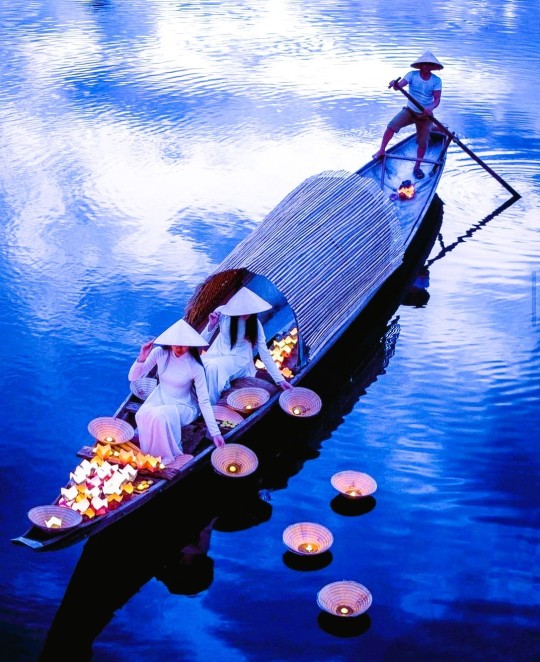
Candles light, Pray on Như Ý river, Hue City, Vietnam: On the Nhu Y river in Hue City, Vietnam. The girls in Ao Dai dresses are releasing floating candles on the river to pray for peace and happiness. This is the spiritual culture longstanding in Vietnam
70 notes
·
View notes
Text

By Blushblushtomato
Chùa Thiên Mụ, Huế, Vietnam
#curators on tumblr#vietnam#asia#travel#Thien Mu Pagoda#chua thien mu#southeast asia#hue#blushblushtomato#architecture#temple
31 notes
·
View notes
Text

Bellringer announcing audience in the Imperial Palace of Hue, central Vietnam
French vintage postcard, mailed in 1905 to Paris, France
#postcard#ansichtskarte#briefkaart#france#mailed#photography#paris#carte postale#vintage#vietnam#postkarte#photo#historic#postkaart#central#ephemera#the imperial palace of hue#announcing#palace#sepia#audience#bellringer#imperial#french#1905#tarjeta#postal
12 notes
·
View notes
Text
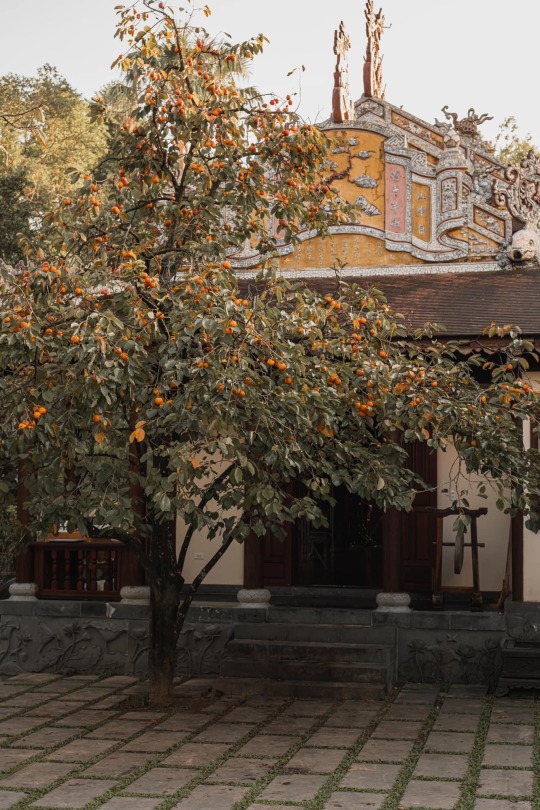
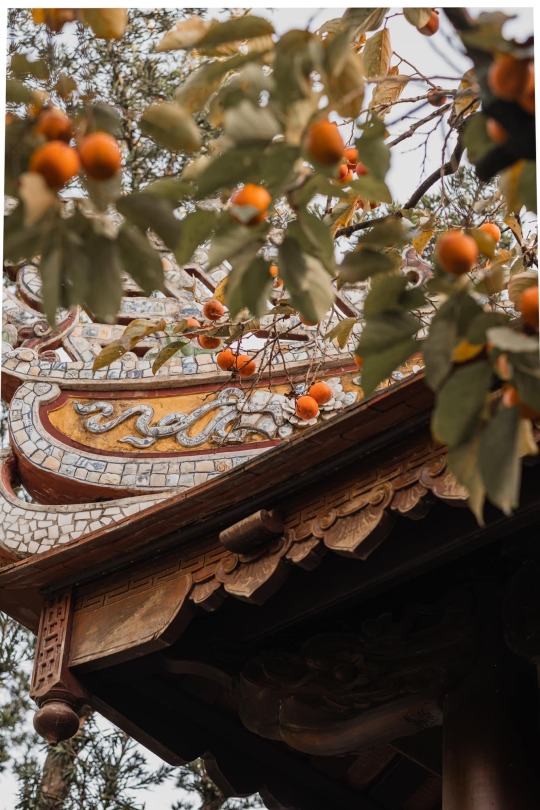
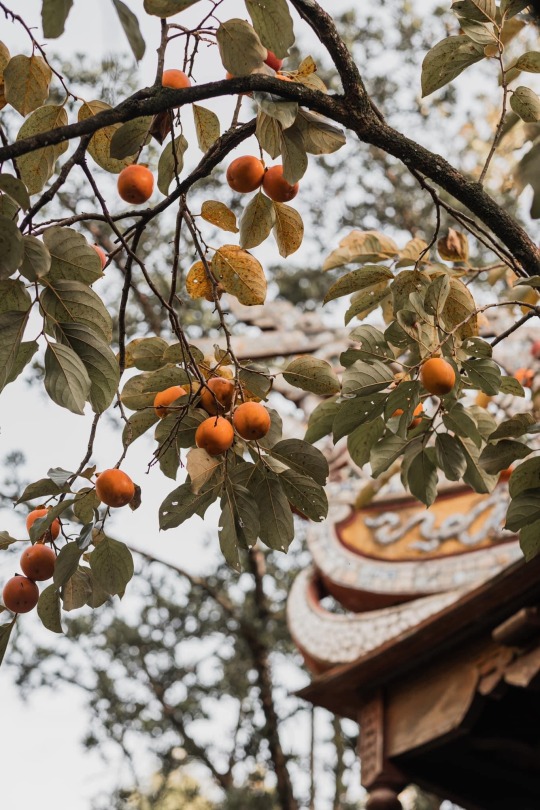






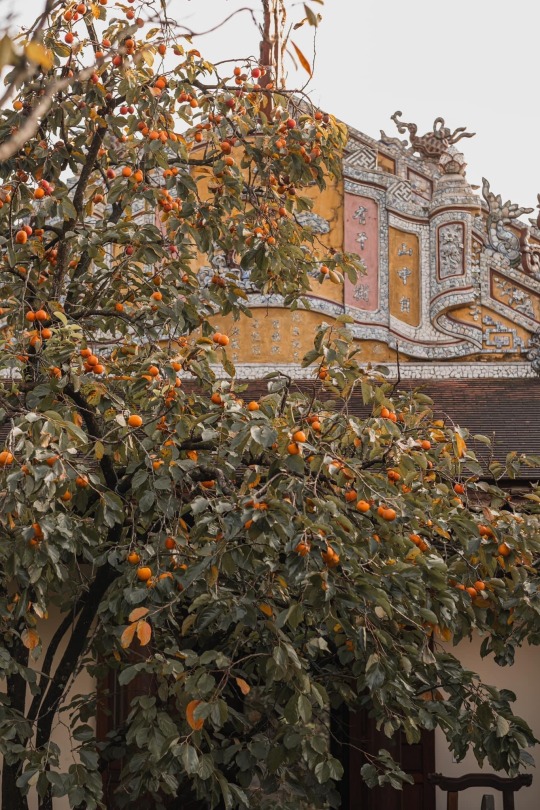
Huế, Vietnam. Credit to Đông Hồ Vỹ.
522 notes
·
View notes
Text
Day Five: A Day in the Life of a Buddhist Monk
The first part of the day was devoted entirely to the Khai Nguyên Pagoda, a name I can only remember when I think of it as the “High Noon Pagoda.” In Vietnam, pagodas are always Buddhist centers of worship. Temples, on the other hand, may be devoted to any other deceased person who is deemed worthy of reverence. That makes the tradition different from Japan when temples ARE Buddhist structures, while shrines are dedicated to one or more Shinto deities.
The Khai Nguyên Pagoda is both very old and very new. Its history dares back to the Ly Dynasty in the first half of the eleventh century. But the pagoda we visited was only begun in 2015 and is still under construction. First of all, it’s massive: The image of the Buddha stands 236 feet tall (making it the largest such Buddha statue in Southeast Asia), and much of the pagoda is INSIDE the giant Buddha.

The plan is for the building to have thirteen stories eventually, of which roughly half are now complete. Each of the completed levels has an area for offerings, and hundreds of small Buddha statues set in niches all around the wall.

Altars are are found in several of the structures that surround the large Buddha, including one that has another large image of the Buddha carved, almost unbelievably, out of a single piece of jade.
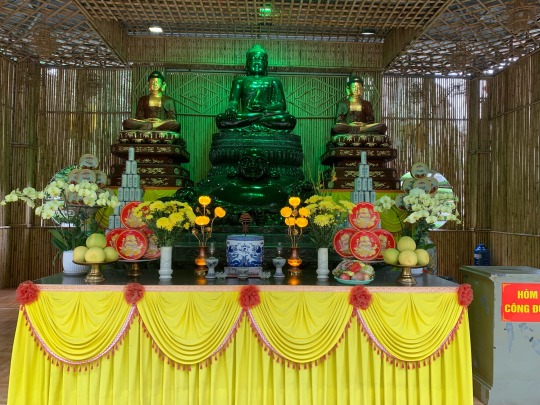
On one of the levels of the pagoda, this recording of the chant “Om Mani Padme Hum” is played on constant repeat. It was both relaxing and haunting. I'll always associate it with the "soundtrack" of this trip. Here’s the link: https://m.youtube.com/watch?v=Preykgx6B1c
youtube
One of the monks (who was 18 but looked no older than 12) guided Tony in how to properly conduct one of rituals for me before we adjourned to lunch. There, we joined a small number of monks and nuns in their refectory for a simple lunch of rice, cabbage, beans, and melon.
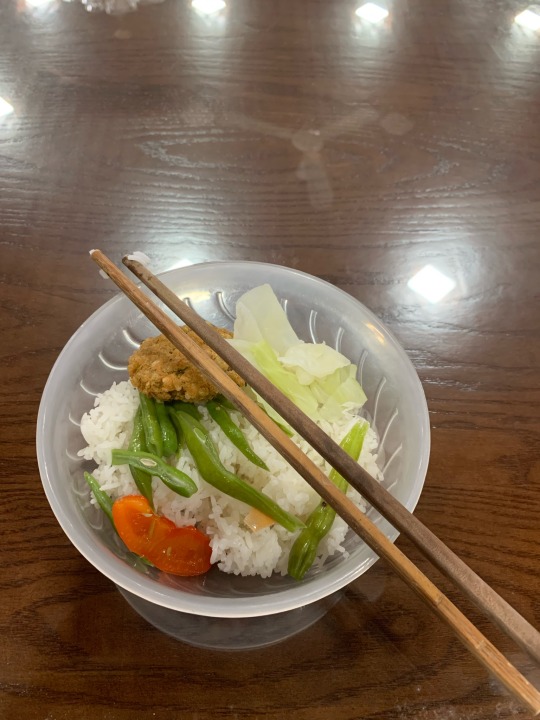
Everywhere you go within the Khai Nguyên complex leads to something amazing, from the entry gate with its enormous bell
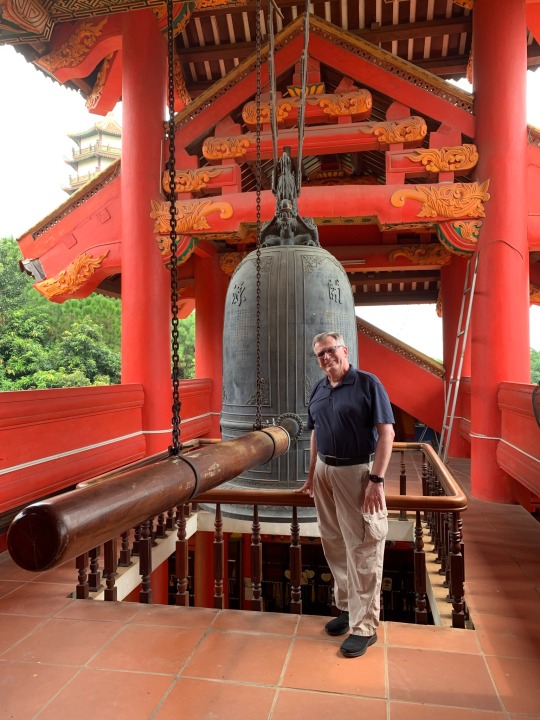
to a large pond stocked with more koi and carp than I’d ever seen in one place.
Keep in mind that each of those koi is worth between $400 and $1,000. Yikes.
If you want to see a two-minute video of me feeding the koi (and thus causing a feeding frenzy wherever I directed the food), you’ll need to subscribe to the supplementary photo album that accompanies this blog. Email me for access if you’d like to see that album.
Regrettably, it was then time to leave Hanoi for the next city on my agenda: the far smaller town of Hue, which was the old capital of Vietnam. The flight lasted only an hour, and at the end, I met my next guide: Mr. Huy. If you think Mr. Huy of Hue is confusing, you should known that the airport here is actually called the Phu Bai International Airport. Phu Bai sounds a lot like Dubai (particularly when you’re sleepy and hearing it distorted over a tinny loudspeaker), and I had a slight moment of doubt that I’d actually boarded the correct plane.

0 notes
Text
Discover the Top Things to Do in Hue, Vietnam in 2024

From historical sites and cultural experiences to culinary delights and natural beauty, explore the best things to do in Hue, Vietnam, with our comprehensive guide find out how to make the most of your visit to this enchanting city.
0 notes
Text
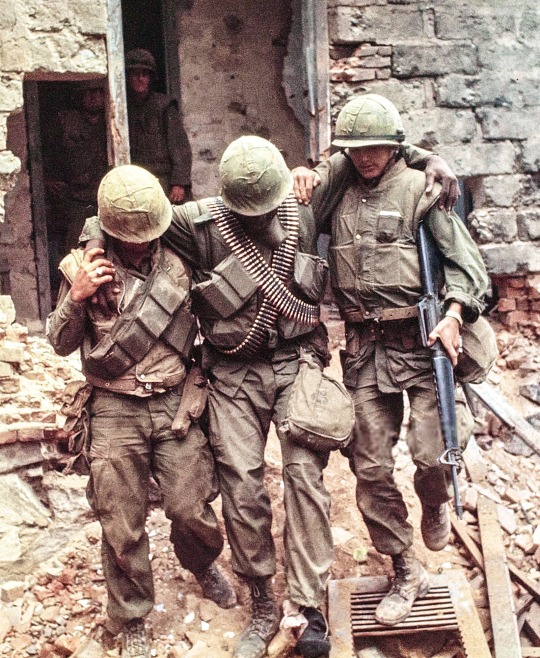
Two U.S. Marines carry a wounded buddy as they exit a building they had cleared of NVA forces and were using for cover, during the battle of Hue on February 6, 1968.
(Photo by Bettmann Archive via Getty Images)
#usmc#us marines#infantry#grunts#hue city#battle of hue city#tet offensive#vietnam war#vietnam#military#history
327 notes
·
View notes
Text

A paratrooper of the U.S. 82nd Airborne Brigade advances near Hue, Vietnam on April 3, 1968.
47 notes
·
View notes